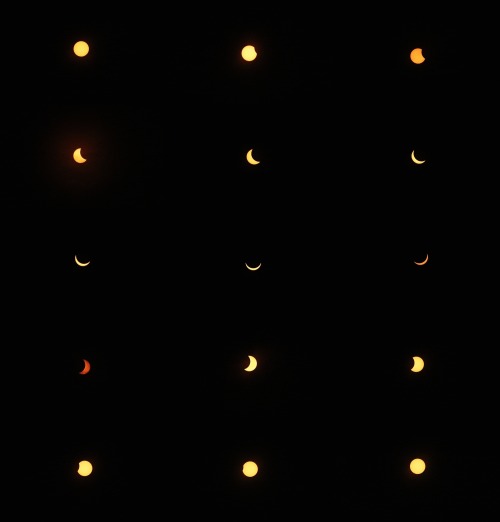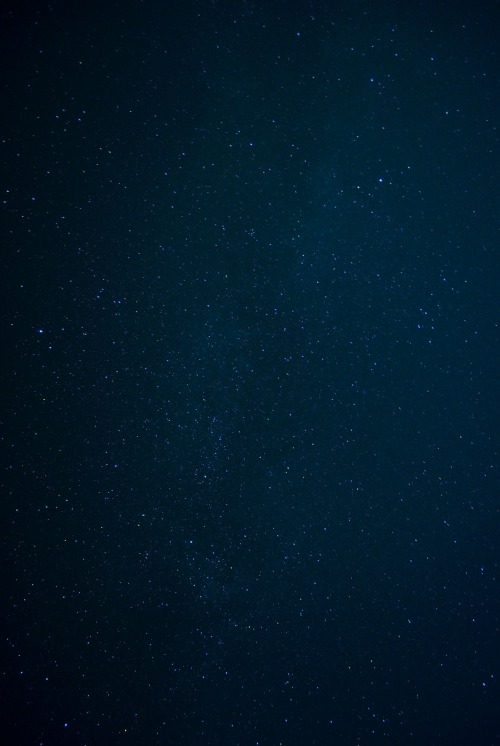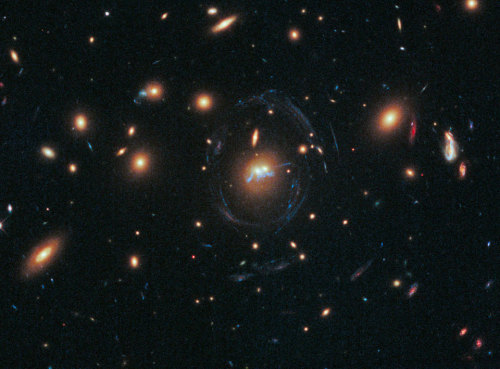How Well Do You Know Neptune?
How Well Do you Know Neptune?

Dark, cold and whipped by supersonic winds, Neptune is the last of the hydrogen and helium gas giants in our solar system. More than 30 times as far from the sun as Earth, the planet takes almost 165 Earth years to orbit our sun! In fact, in 2011, Neptune completed its first orbit since its discovery in 1846.

Here are a few things you might not know about the windiest planet:
If the sun were as tell as a typical front door, the Earth would be the size of a nickel and Neptune would be about as big as a baseball.
Neptune orbits our sun, a star. Neptune is the eighth planet from the sun at a distance of about 4.5 billion km (2.8 billion miles) or 30.07 AU.
One day on Neptune takes about 16 hours (the time it takes for Neptune to rotate or spin once)
Neptune makes a complete orbit around the sun (a year in Neptunian time) in about 165 Earth years (60,190 Earth days)
Neptune has six rings
Voyager 2 is the only spacecraft to have visited Neptune
Neptune has 13 moons. They are named after various sea gods and nymphs in Greek mythology
Did you know that Neptune has storms?

Similar to Jupiter, Neptune has storms that create gigantic spots in its atmosphere…well, it did. When Voyager 2 flew past Neptune in 1989, it tracked and imaged the “Great Dark Spot” — a storm larger than the entire Earth! When the Hubble Space Telescope imaged Neptune the spot had disappeared, only to be replaced with two smaller storms, which in turn also disappeared.
Make sure to follow us on Tumblr for your regular dose of space: http://nasa.tumblr.com
More Posts from Intergalacticnerd and Others


Pluto’s heart
This high-resolution image captured by NASA’s New Horizons spacecraft shows the bright expanse of the western lobe of Pluto’s “heart,” or Sputnik Planitia, which is rich in nitrogen, carbon monoxide and methane ices.
Credit: NASA/JHUAPL/SwRI




This is the coolest outer space animation ever. It shows the Crab Supernova explosion, happened in 1054, and its evolution into the remnant it is now - called the Crab Nebula. Basically a thousand years speeded up into less than a minute.
Modern understanding that the Crab Nebula was created by a supernova, an explosion of a massive supergiant star, dates to 1921 when Carl Otto Lampland announced he had seen changes in its structure. This eventually led to the conclusion that the creation of the Crab Nebula corresponds to the bright SN 1054 supernova recorded by Chinese astronomers in AD 1054. There is also a 13th-century Japanese reference to an appearance of a new or “guest” star in Meigetsuki. It was then so bright it was visible during the daytime for 23 days.
animation credit: ESA/Hubble (M. Kornmesser & L. L. Christensen)
Solar System: Things to Know This Week
Here are a few things you should know about our solar system this week:
1. Gearing Up for a Grand Finale

There’s just a year left until the Cassini mission begins its Grand Finale – the final phase of its mission, during which the spacecraft will dive repeatedly between the planet and the rings. To get ready, the Cassini team has launched an enhanced, mobile device-friendly version of the mission website. The site includes information about Cassini, Saturn, the moons and the rings – but it also tells the human stories behind one of the most ambitions expeditions of all time.
2.Caught in Transit

On Monday, May 9, the planet Mercury will cross directly in front of the sun, an event that hasn’t occurred since 2006 and won’t happen again until 2019. Find out how to watch HERE.
3. A Moon for Makemake

Our Hubble Space Telescope has spotted a small, dark moon orbiting Makemake (pronounced “MAH-kay MAH-kay). Make make is the second brightest icy dwarf planet – after Pluto – in the faraway Kuiper Belt.
4. The Age of the Aquarids

The Eta Aquarid meteor shower is the first of two showers that occur each year as a result of Earth passing through dust released by Halley’s Comet. This year, it should peak on the night of May 5/6. Get tips for watching HERE.
5. The Southern Lights of Saturn

On May 4, Cassini will reach periapse, the closest point to Saturn in the spacecraft’s orbit. At about this time, Cassini’s cameras will monitor Saturn’s south polar aurorae, and also image the bright limb of the planet to better understand its upper haze layers.
Want to learn more? Read our full list of the 10 things to know this week about the solar system HERE.
Make sure to follow us on Tumblr for your regular dose of space: http://nasa.tumblr.com


M104, the Sombrero Galaxy
Credit: Jimmy Walker

A Blue Bridge of Stars between Cluster Galaxies designated SDSS J1531+3414

Picture of the Day: Messier 9 Star Cluster
NASA’s Hubble Space Telescope has taken this incredible picture of Messier 9, a globular star cluster located near the center of our galaxy. The cluster, located some 25,000 light years away, is too faint to be seen with the naked eye, but Hubble has captured more than 250,000 individual stars there. Globular clusters are believed to have emerged when the galaxy was quite young, and the stars that make up Messier 9 are calculated to be around twice as old as our sun.

M3 is Astronomy Magazine Picture of the Day
-
 jwanismat liked this · 2 years ago
jwanismat liked this · 2 years ago -
 passiveaggressivelemon reblogged this · 3 years ago
passiveaggressivelemon reblogged this · 3 years ago -
 idkm8te liked this · 5 years ago
idkm8te liked this · 5 years ago -
 lujam-desu7u7 liked this · 6 years ago
lujam-desu7u7 liked this · 6 years ago -
 undine66770 reblogged this · 6 years ago
undine66770 reblogged this · 6 years ago -
 undine66770 liked this · 6 years ago
undine66770 liked this · 6 years ago -
 something-renewed liked this · 6 years ago
something-renewed liked this · 6 years ago -
 fammivolareancora-blog liked this · 7 years ago
fammivolareancora-blog liked this · 7 years ago -
 penguinlover-22 liked this · 7 years ago
penguinlover-22 liked this · 7 years ago -
 piscesconstellation reblogged this · 7 years ago
piscesconstellation reblogged this · 7 years ago -
 khanjojo-blog liked this · 7 years ago
khanjojo-blog liked this · 7 years ago -
 fals-ehopes liked this · 7 years ago
fals-ehopes liked this · 7 years ago -
 cihansulebilsem-blog reblogged this · 7 years ago
cihansulebilsem-blog reblogged this · 7 years ago -
 nightsky-and-starlight-blog liked this · 8 years ago
nightsky-and-starlight-blog liked this · 8 years ago -
 jaminjj33-blog liked this · 8 years ago
jaminjj33-blog liked this · 8 years ago -
 creativemood liked this · 8 years ago
creativemood liked this · 8 years ago -
 weirdbody liked this · 8 years ago
weirdbody liked this · 8 years ago -
 habstein reblogged this · 8 years ago
habstein reblogged this · 8 years ago -
 wahol-a-cola liked this · 8 years ago
wahol-a-cola liked this · 8 years ago -
 nature-escaped reblogged this · 8 years ago
nature-escaped reblogged this · 8 years ago -
 megapurplebouquetninjafan liked this · 8 years ago
megapurplebouquetninjafan liked this · 8 years ago -
 biscuit-shooter reblogged this · 8 years ago
biscuit-shooter reblogged this · 8 years ago -
 chandoras-box reblogged this · 8 years ago
chandoras-box reblogged this · 8 years ago -
 chandoras-box liked this · 8 years ago
chandoras-box liked this · 8 years ago -
 pandadragonswonderland liked this · 8 years ago
pandadragonswonderland liked this · 8 years ago -
 crookdlove reblogged this · 8 years ago
crookdlove reblogged this · 8 years ago -
 autunnos liked this · 8 years ago
autunnos liked this · 8 years ago -
 disasterousrose liked this · 8 years ago
disasterousrose liked this · 8 years ago -
 alhenavega23 liked this · 8 years ago
alhenavega23 liked this · 8 years ago -
 purposelessnessismypurpose reblogged this · 8 years ago
purposelessnessismypurpose reblogged this · 8 years ago -
 babiesfortheroad liked this · 8 years ago
babiesfortheroad liked this · 8 years ago -
 starminesister reblogged this · 8 years ago
starminesister reblogged this · 8 years ago -
 moose-ty-spooce-noodle reblogged this · 8 years ago
moose-ty-spooce-noodle reblogged this · 8 years ago -
 bwyankee reblogged this · 8 years ago
bwyankee reblogged this · 8 years ago -
 disposablepleasures liked this · 8 years ago
disposablepleasures liked this · 8 years ago -
 oniwoolf-blog liked this · 8 years ago
oniwoolf-blog liked this · 8 years ago -
 faintingspells liked this · 8 years ago
faintingspells liked this · 8 years ago -
 gncapcom liked this · 8 years ago
gncapcom liked this · 8 years ago -
 strangeasitmayseem reblogged this · 8 years ago
strangeasitmayseem reblogged this · 8 years ago
"Astronomy compels the soul to look upwards and leads us from this world to another." - Plato
147 posts
